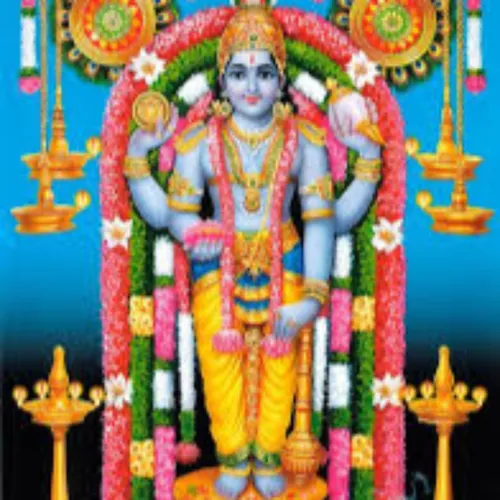
Srimad Narayaneeyam
Narayaneeyam is a celebrated Sanskrit devotional hymn composed by Melpathur Narayana Bhattathiri in 1586 AD. It condenses the 18,000 verses of the Bhagavata Purana into 1,036 verses, praising Lord Narayana (Vishnu) and his avatars. Bhattathiri wrote it while suffering from severe rheumatism, after praying to transfer the illness from his guru to himself. Composing Narayaneeyam at the Guruvayur temple, he chanted one chapter daily, seeking divine healing. On completing the hundredth chapter, he is said to have been cured by Lord Krishna’s grace.
- Update frequency
- every day
- Average duration
- 9 minutes
- Episodes
- 103
- Years Active
- 2025
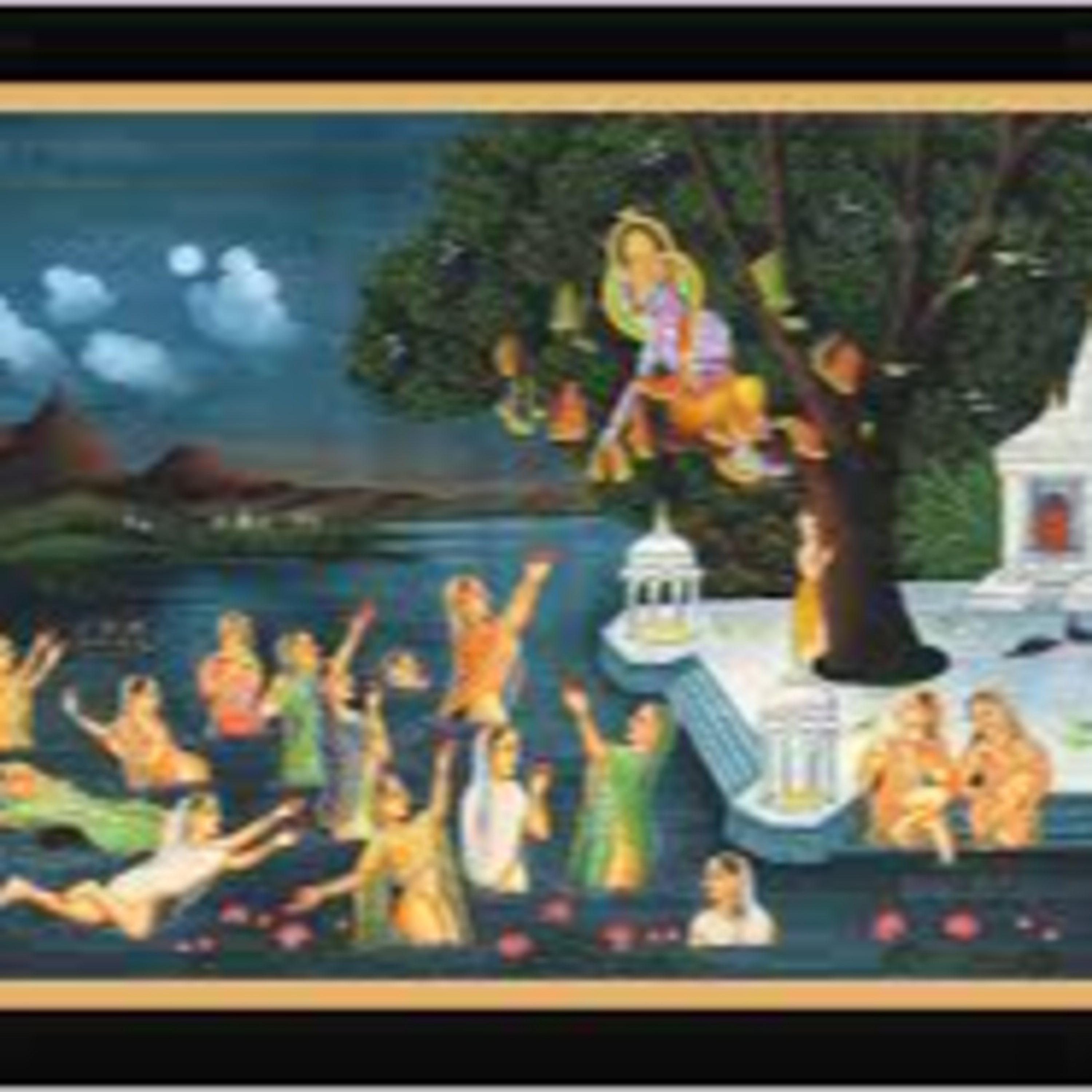
Dashakam 060 Vastra Haram
Dashakam 60 of Narayaneeyam, known as "Gopika Vastra Apaharanam" (Stealing of the Clothes of the Gopis), is significant because it narrates the episode where the gopis perform a penance to Goddess Ka…
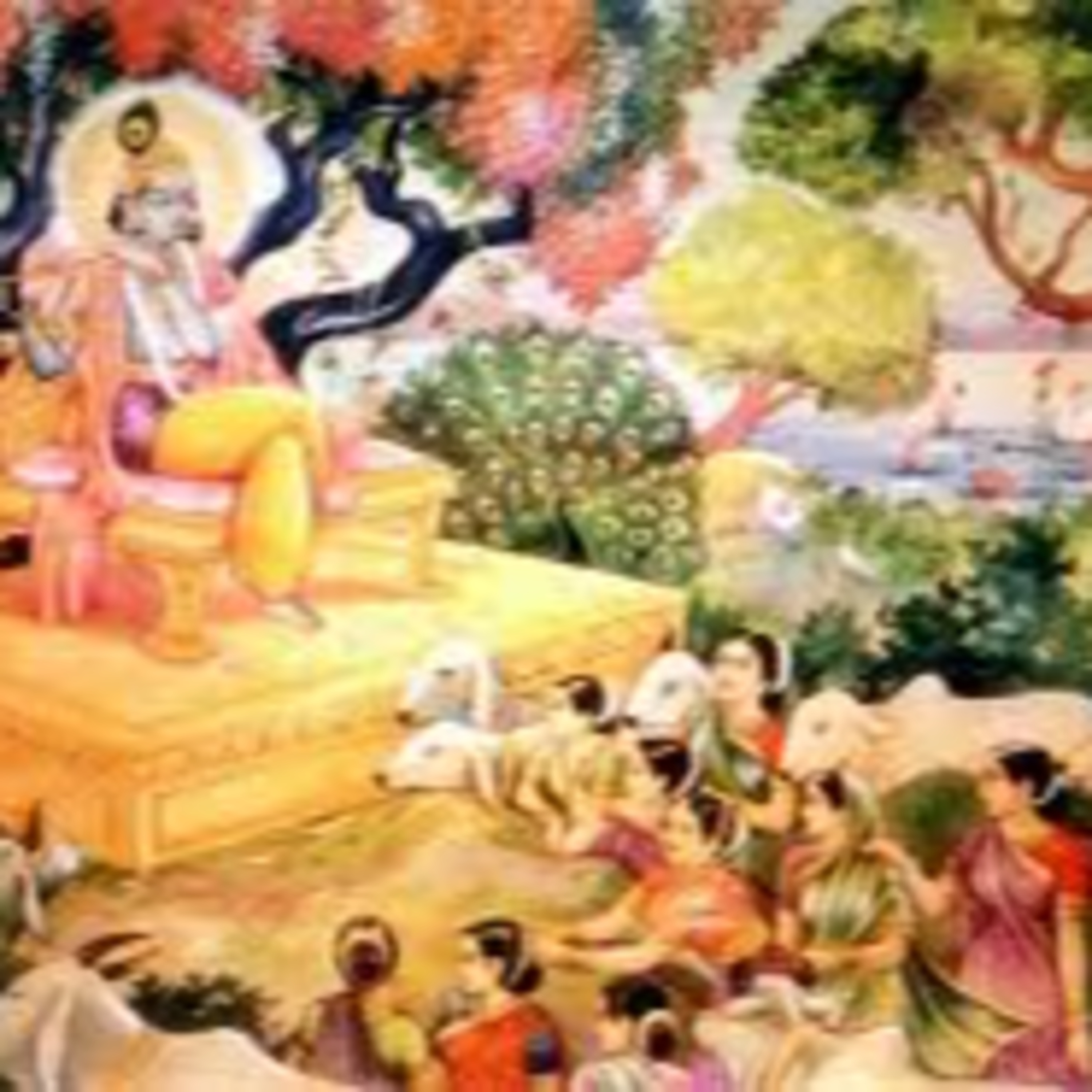
Dashakam 059 Venuganam
Dashakam 59 in Narayaneeyam, often referred to as "Venuganams," is important because it beautifully describes the enchanting music of Lord Krishna’s flute (venu) and its profound effect on the gopis …
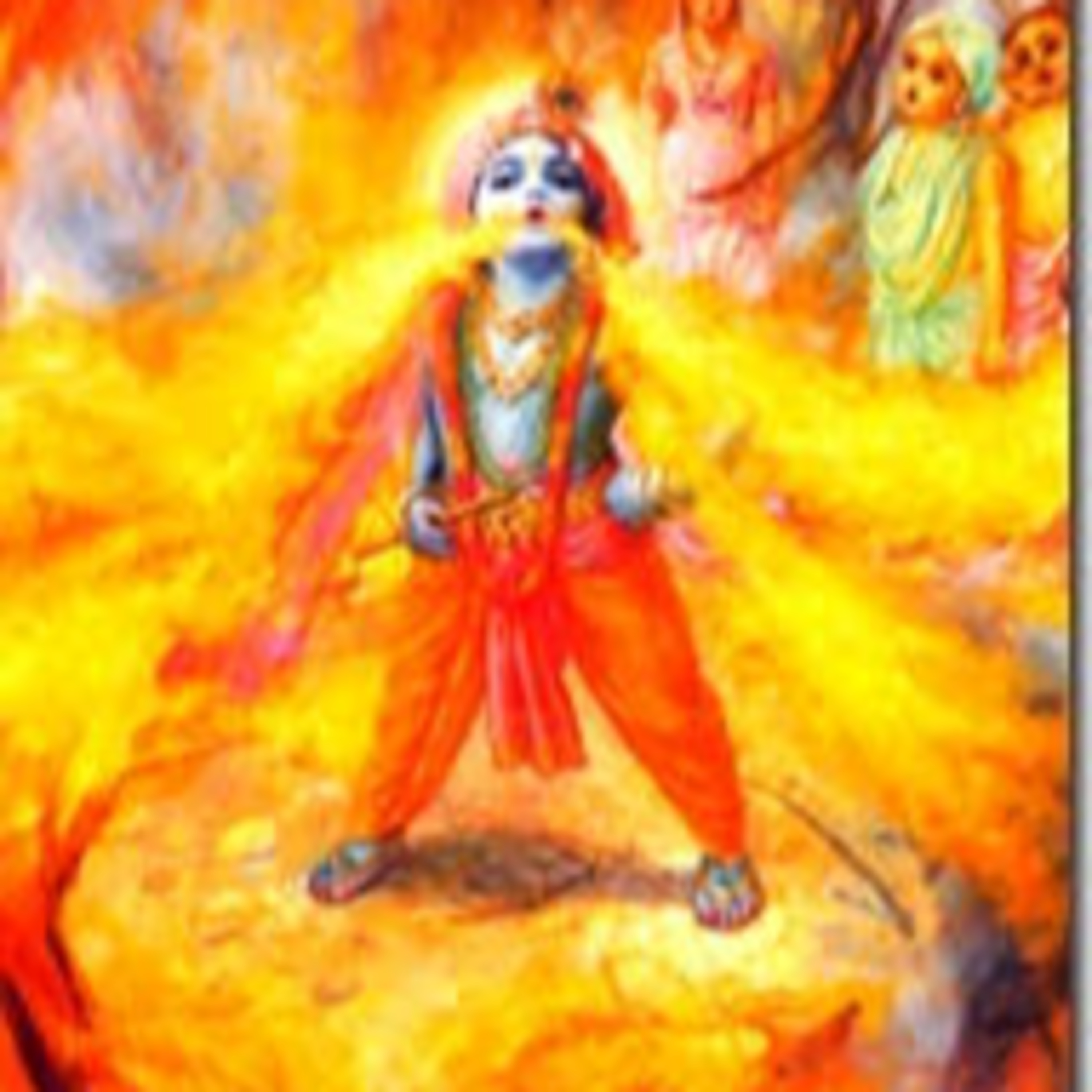
Dashakam 058 Protection from Agni
Dashakam 58 in Narayaneeyam is important because it describes Lord Krishna saving the cows (gopas) and the people of Gokula from a dangerous forest fire. During Krishna’s playful activities and the s…
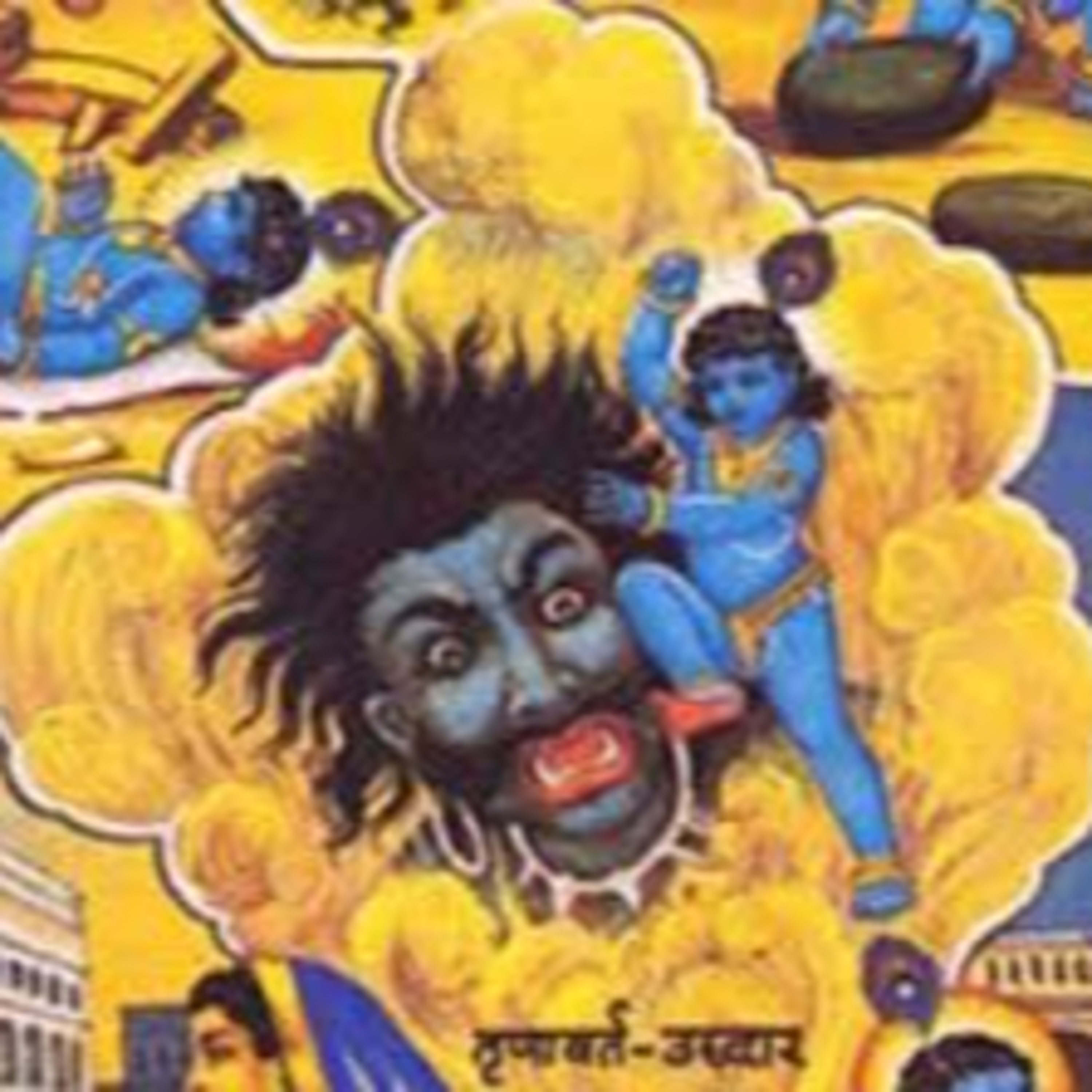
Dashakam 057 Palambarasura Vadam
Dashakam 57 in Narayaneeyam is significant because it narrates the episode of the slaying of the demon Pralambasura by Lord Krishna and Balarama. In this Dashakam, Pralambasura, disguised as a cowher…
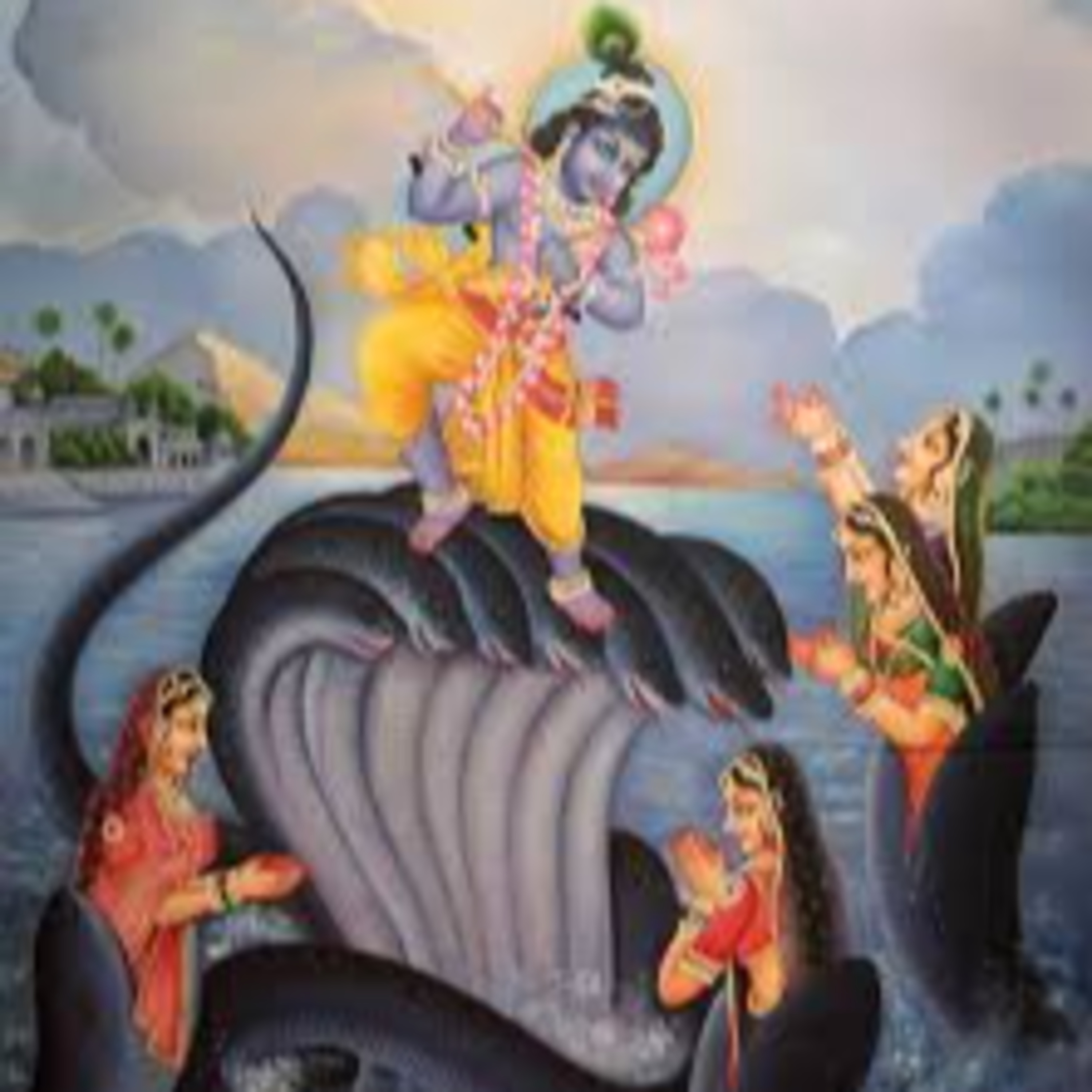
Dashakam 056 Kaliya
Dashakam 56 is important because it describes the humbling of the pride of the serpent Kaliya by Lord Krishna and the subsequent blessing of Kaliya by the Lord. This Dashakam captures a significant e…
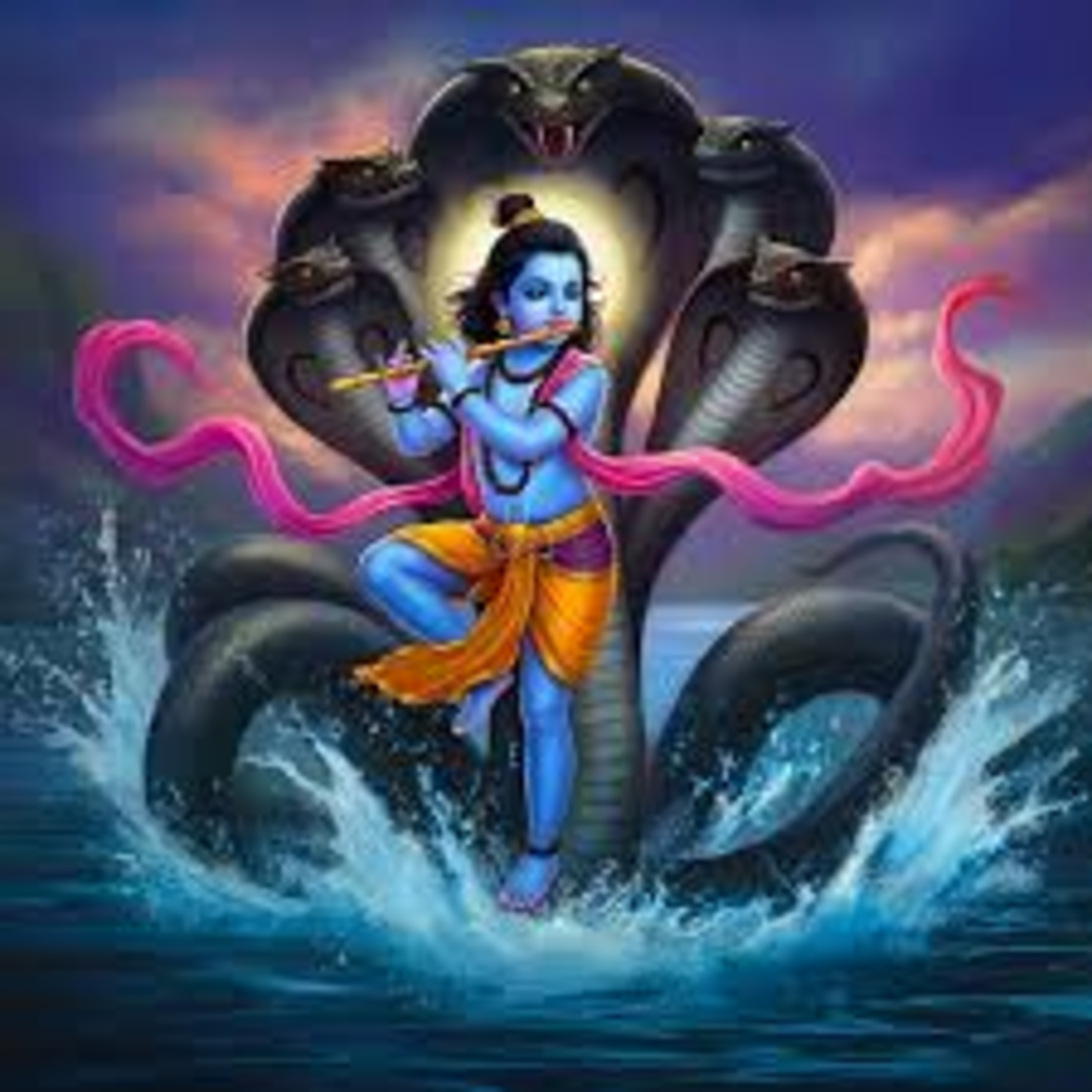
Dashakam 055 Kaliya Nardanam
This episode is significant because it describes the episode of Kaliya, the poisonous serpent, coming to the Yamuna river, and the devastation he causes, followed by Lord Krishna’s intervention to re…

Dashakam 054 Kaliyas Appearance in Yamuna.m4a
This Dashakam is significant as it narrates the story of the slaying of Dhenukasura, a demon who took the form of a donkey and disturbed the cowherds and the forests of Vrindavana.
Key points of impor…
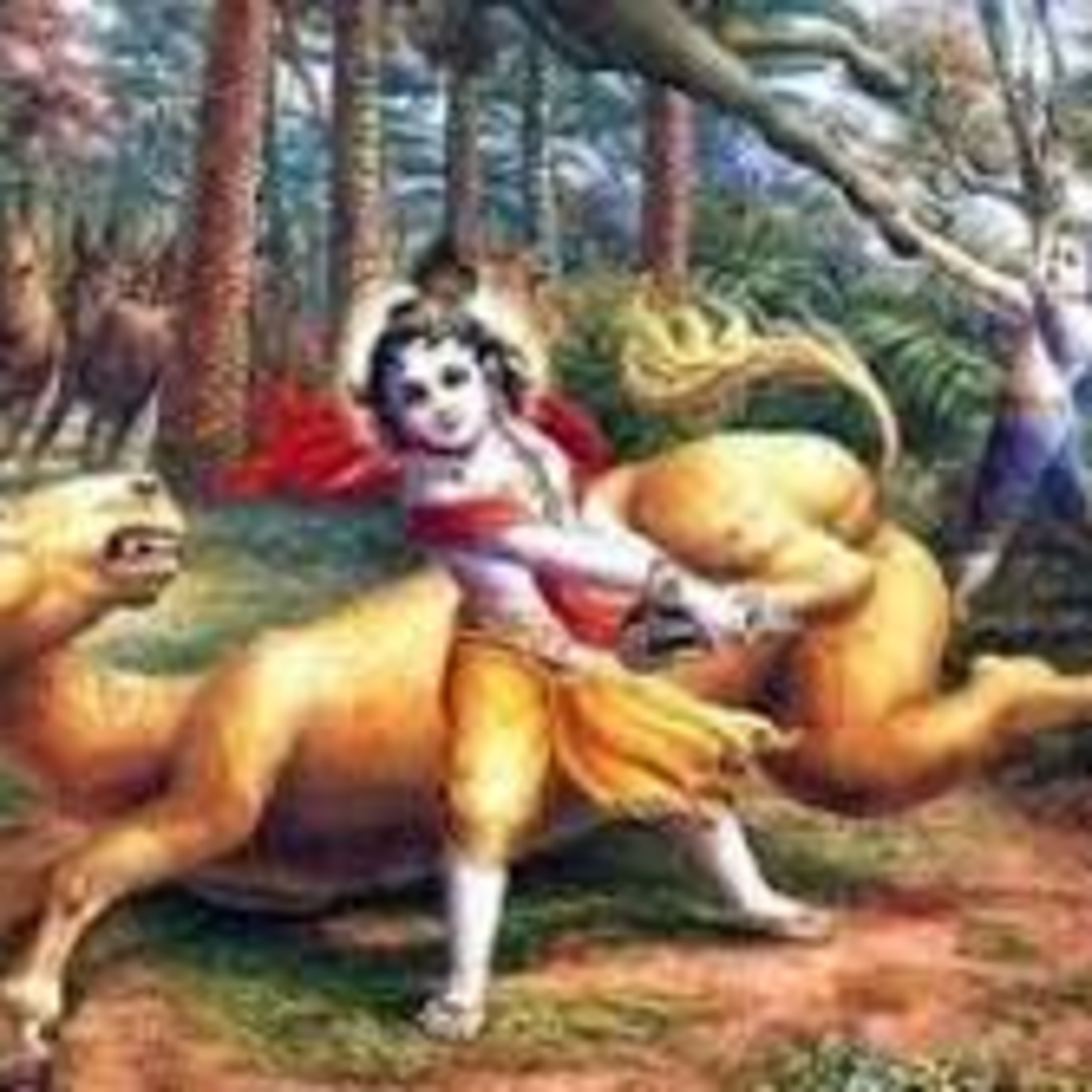
Dashakam 053 Dhenukasura Vadam
This episode is significant as it narrates the story of the slaying of Dhenukasura, a demon who took the form of a donkey and disturbed the cowherds and the forests of Vrindavana.
Key points of import…

Dashakam 052 Ego Of Brahma
This Dashakam is highly significant as it recounts the episode of Lord Krishna humbling the pride of Lord Brahma, the creator deity. This Dasakam narrates how Brahma, wanting to test Krishna's suprem…
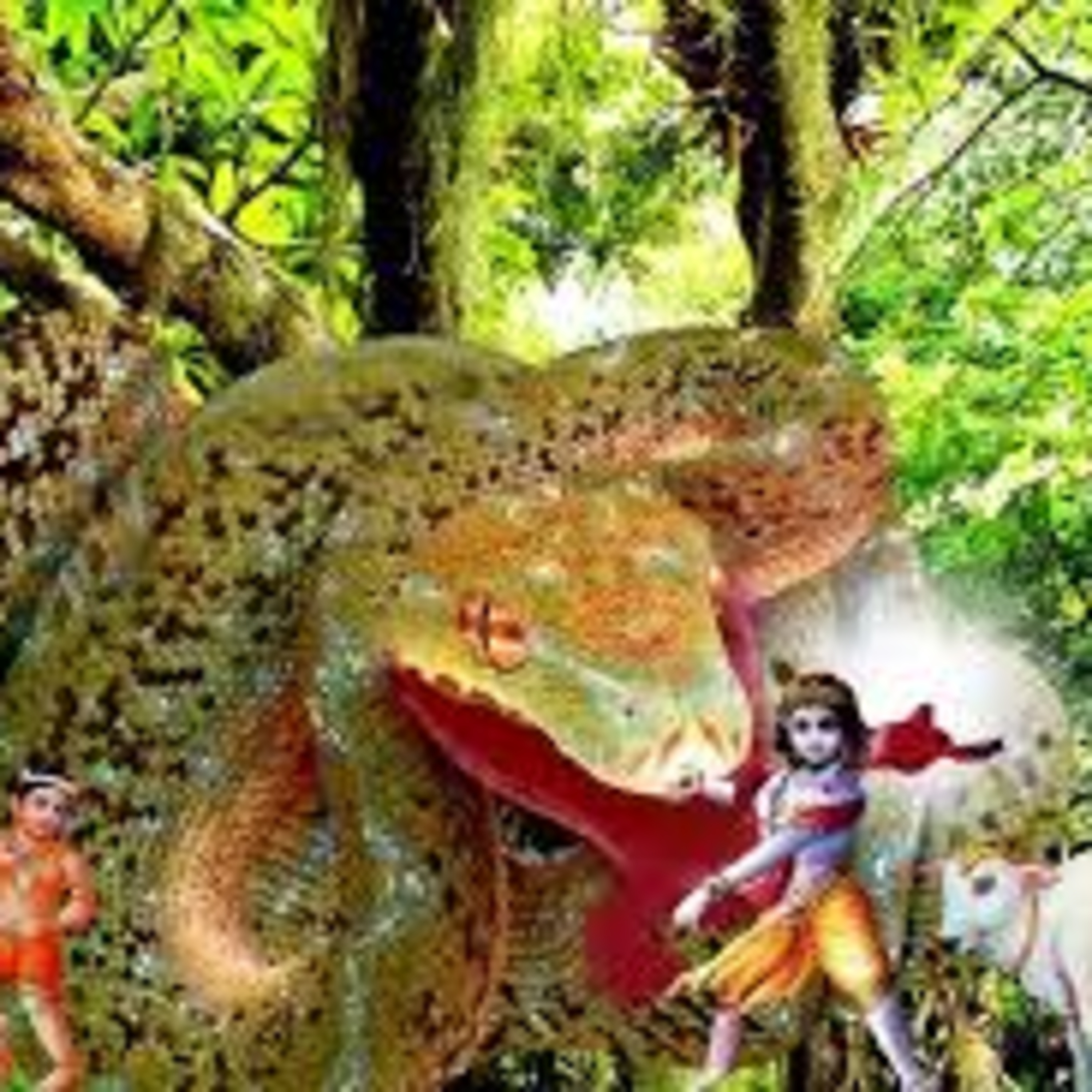
Dashakam 051 Agasura Vadam
This chapter is important as it narrates the story of Lord Krishna’s victory over the demon Aghasura and also describes a joyful picnic feast with his friends in the forest.
Key significance points in…
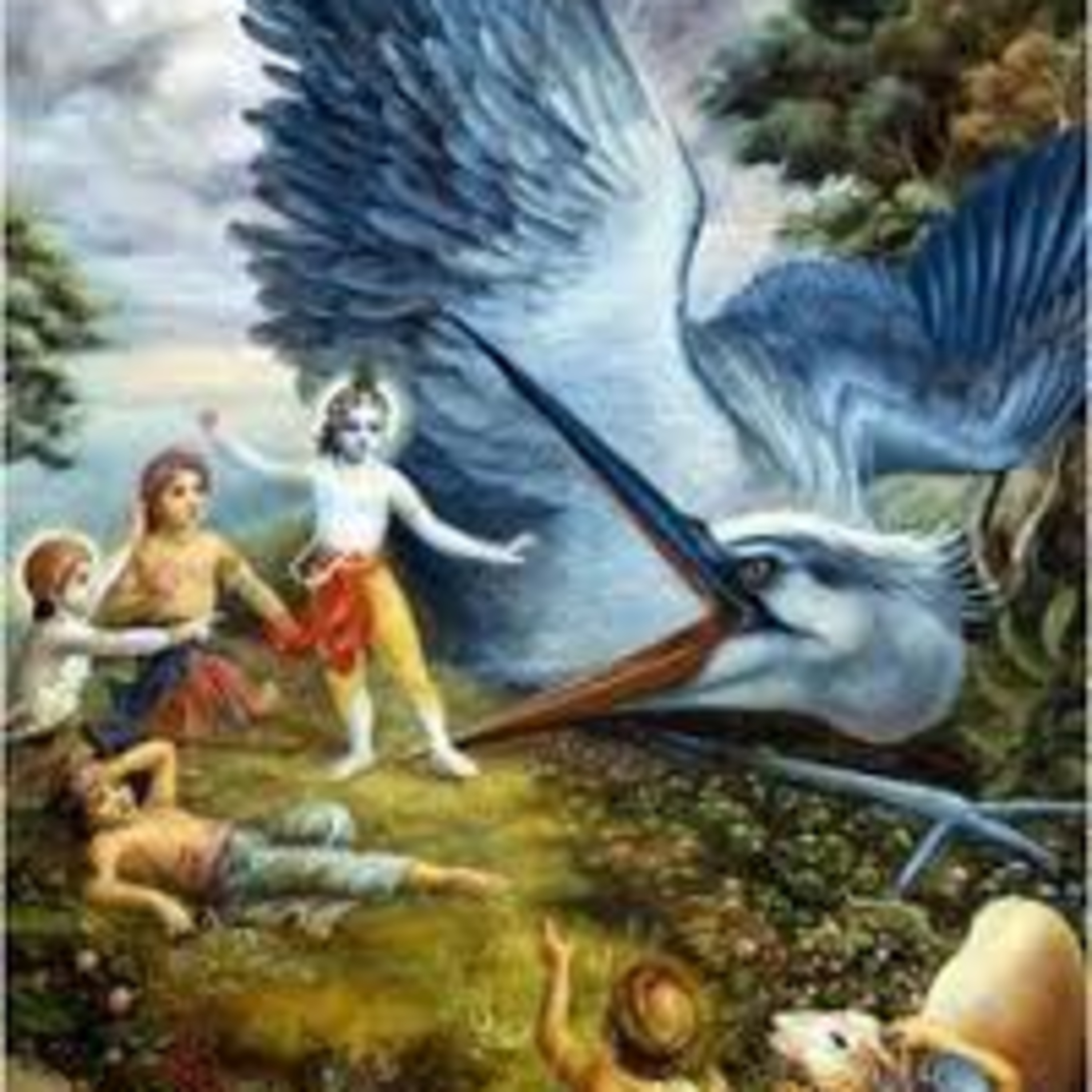
Dashakam 050 Bakasura & Vasaura Vadham
This Dashakam holds great importance as it narrates the fascinating stories of Lord Krishna’s victories over two demons, Bakasura and Agasura.
Key points of significance include:
Bakasura, a demon who …

Dashakam 049 Brindavan Pravesham
This episode describes the Yadava community's decision to shift their residence to Vrindavana due to unfavorable omens and disturbances in their existing place. The Dashakam portrays:
The unease and t…
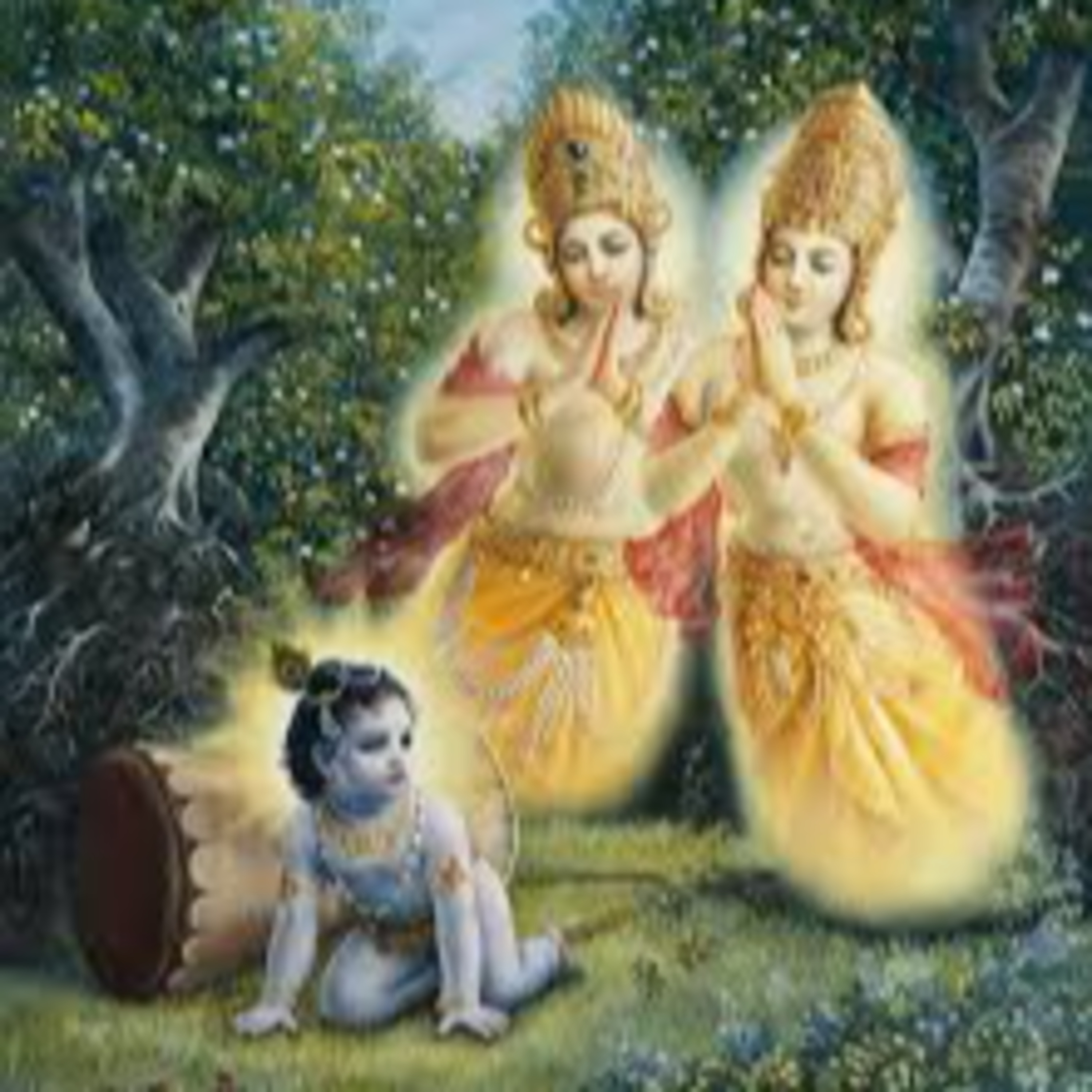
Dashakam 048 Yaksha Moksham
This episode is significant as it narrates the story of freeing Nala Khoobara and Mani Greeva from a curse. These two were sons of Lord Kubera who, due to a curse by Sage Narada, were turned into tre…
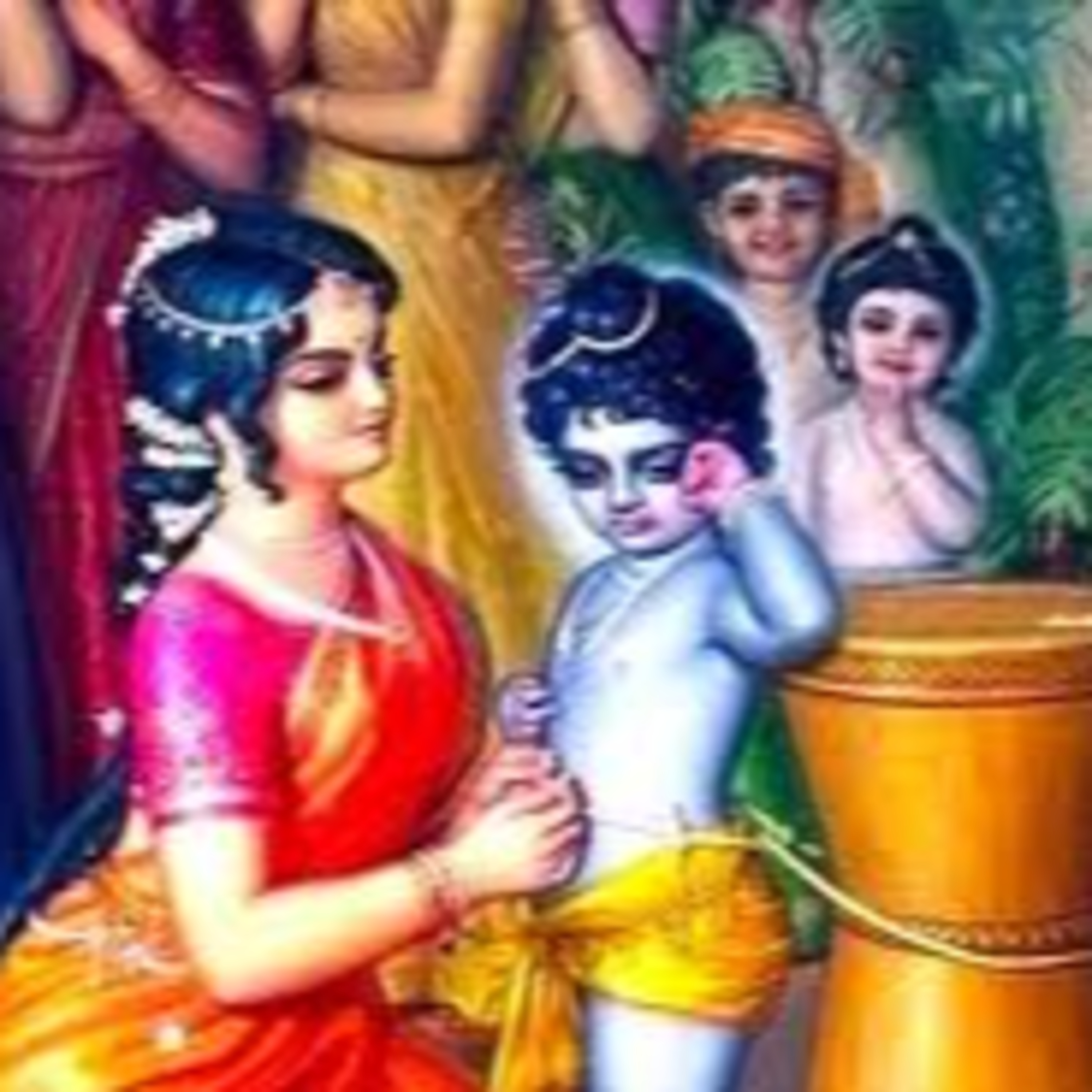
Dashakam 047 Bound to Mortar Stone
This Dashakam is significant as it describes the famous incident of Yashoda trying to tie the playful baby Krishna to a mortar after he mischievously broke a pot of curd in anger.
Key points of signif…
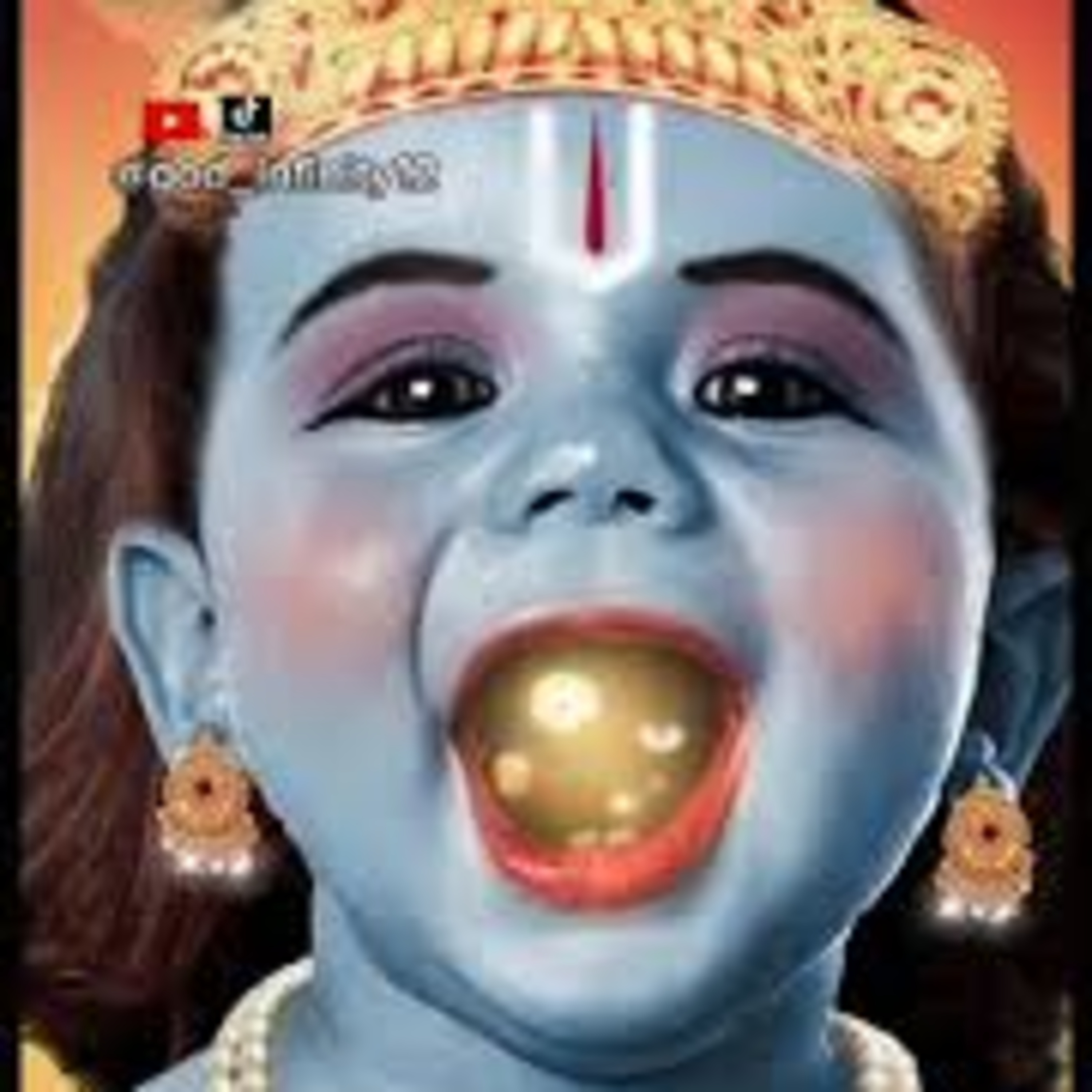
Dashakam 046 Cosmos revealed
This Dashakam is especially important because it describes the miraculous episode where Yashoda, the foster mother of Lord Krishna, sees the entire cosmic universe inside Krishna’s mouth. This Dashak…
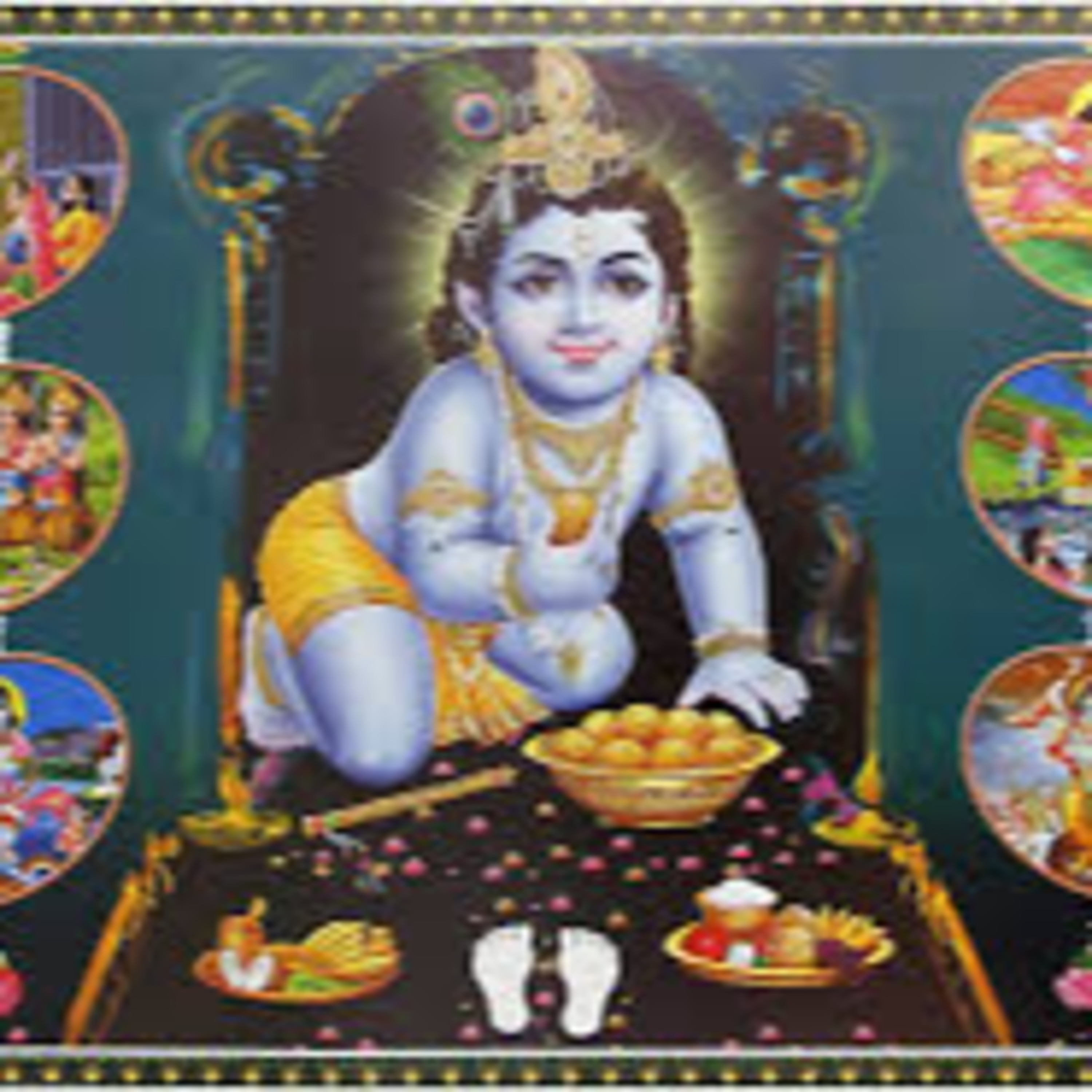
Dashakam 045 Shri Krishna Leela
This Dashakam is important as it beautifully describes the childhood pranks (Bala Kreeda) of Lord Krishna, revealing his divine playfulness and charm even in his youthful form.
Key significance includ…
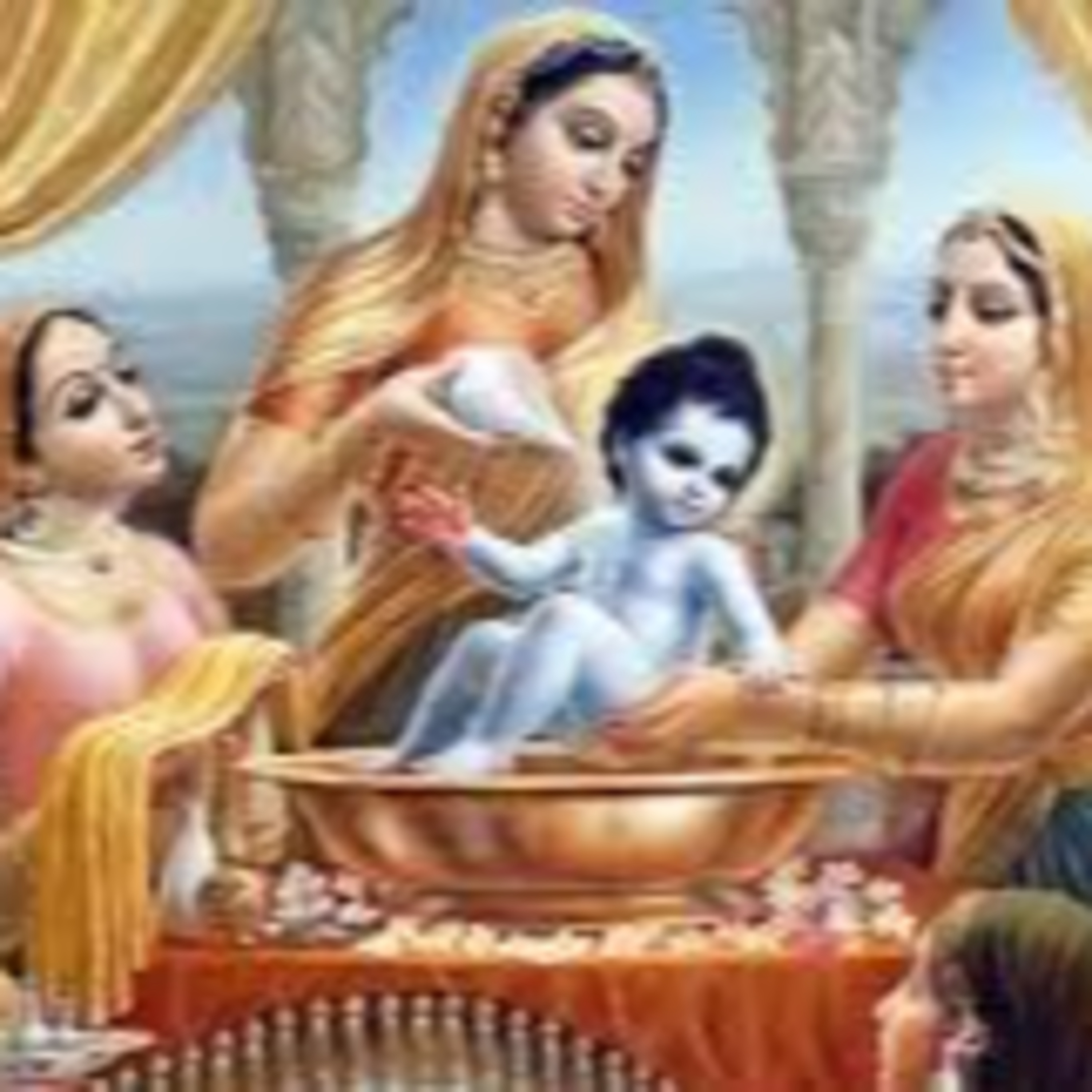
Dashakam 044 Namakaranam
This episode is important because it describes the naming ceremony and horoscope casting of the child Krishna. This Dashakam narrates the story of how Sage Garga, the family guru of the Yadava clan, …
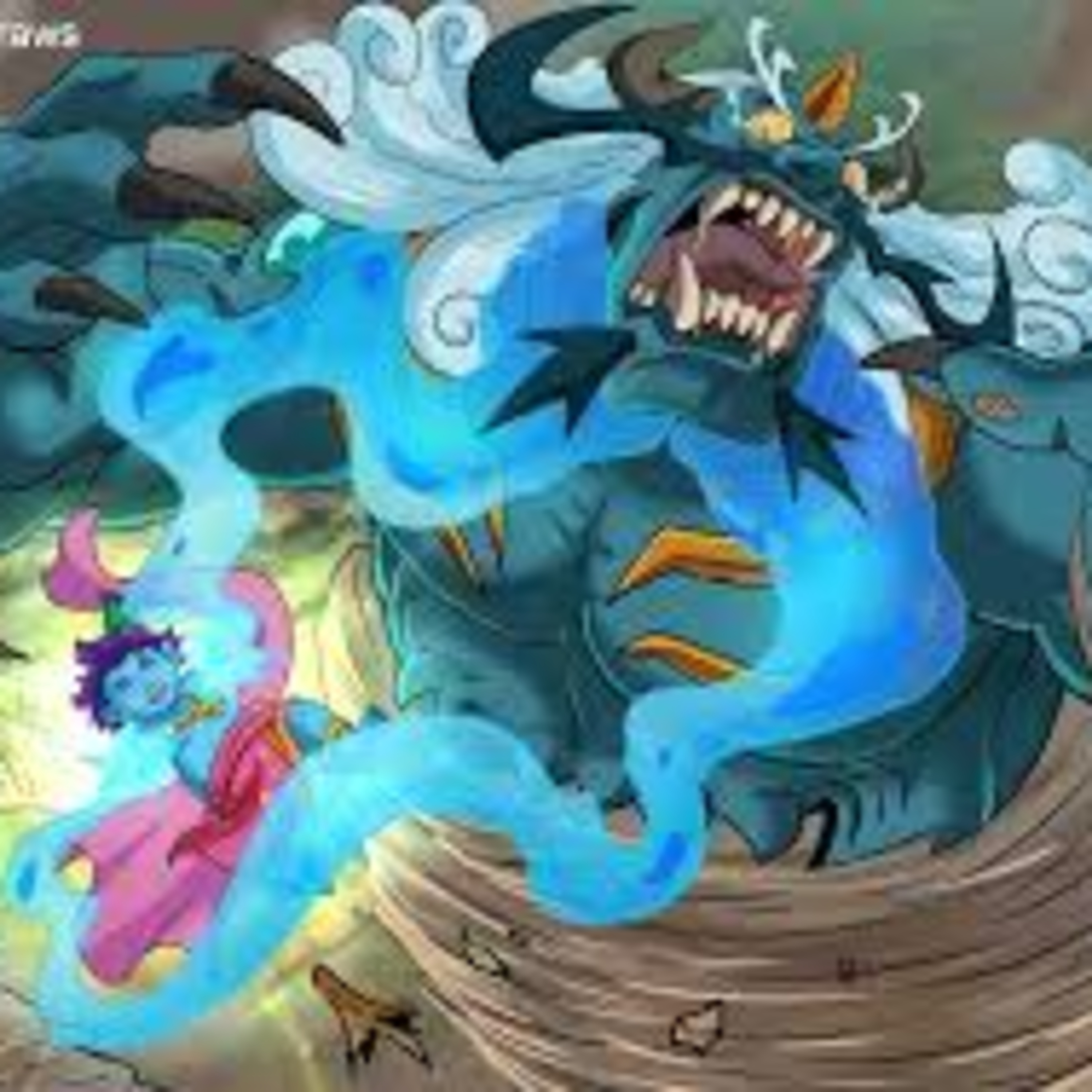
Dashakam 043 Trinavatra Vadham
Dashakam 43 of Narayaneeyam is significant because it describes the killing of Trinavartha, a demonic whirlwind or cyclone that tried to abduct Baby Krishna from Yashoda's cradle. The story highlight…
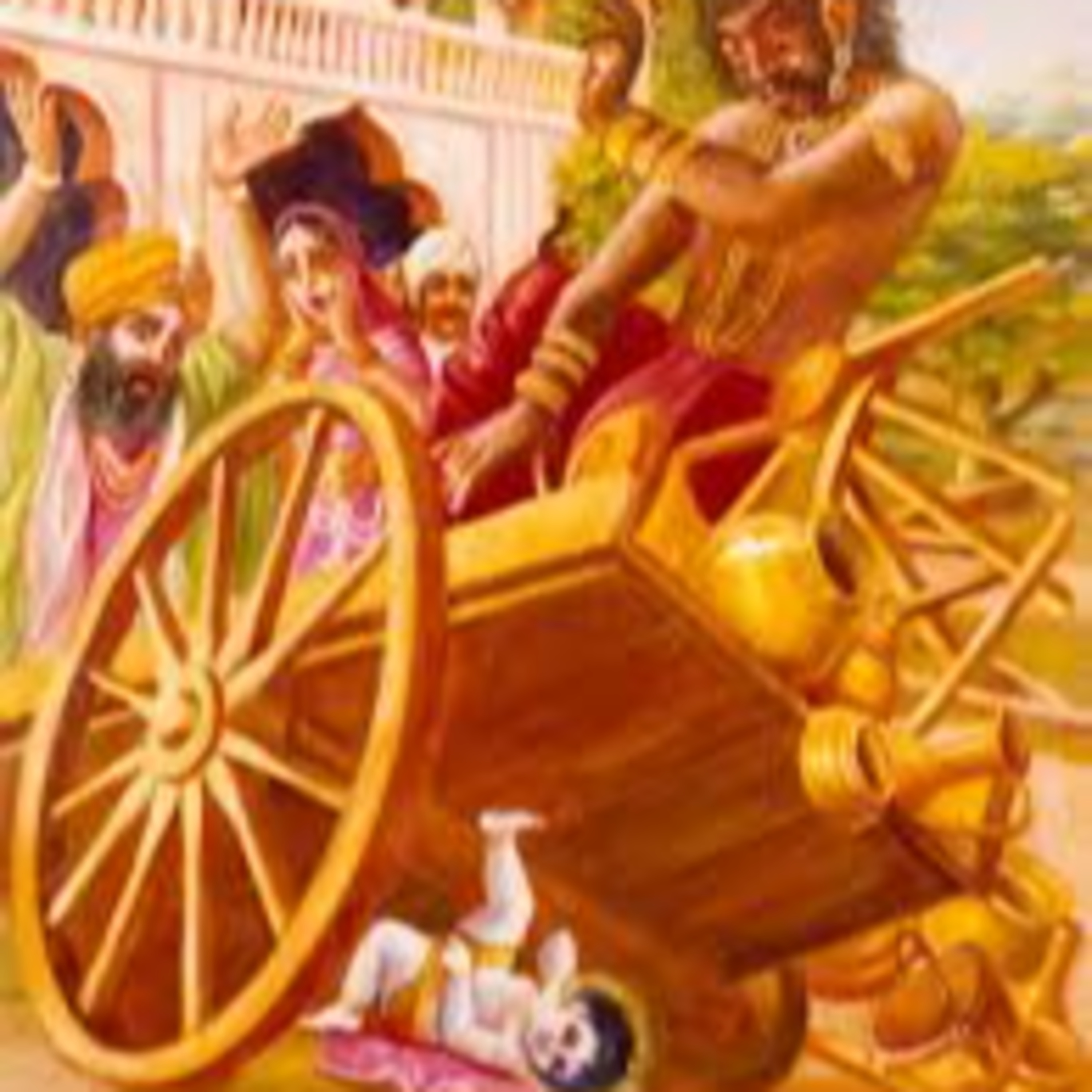
Dashakam 042 Sakatasura
This Dashakam is significant as it narrates the killing of Chakatasura, a powerful demon who came in the form of a cart to attack the baby Krishna. This Dashakam vividly describes how Krishna, even a…
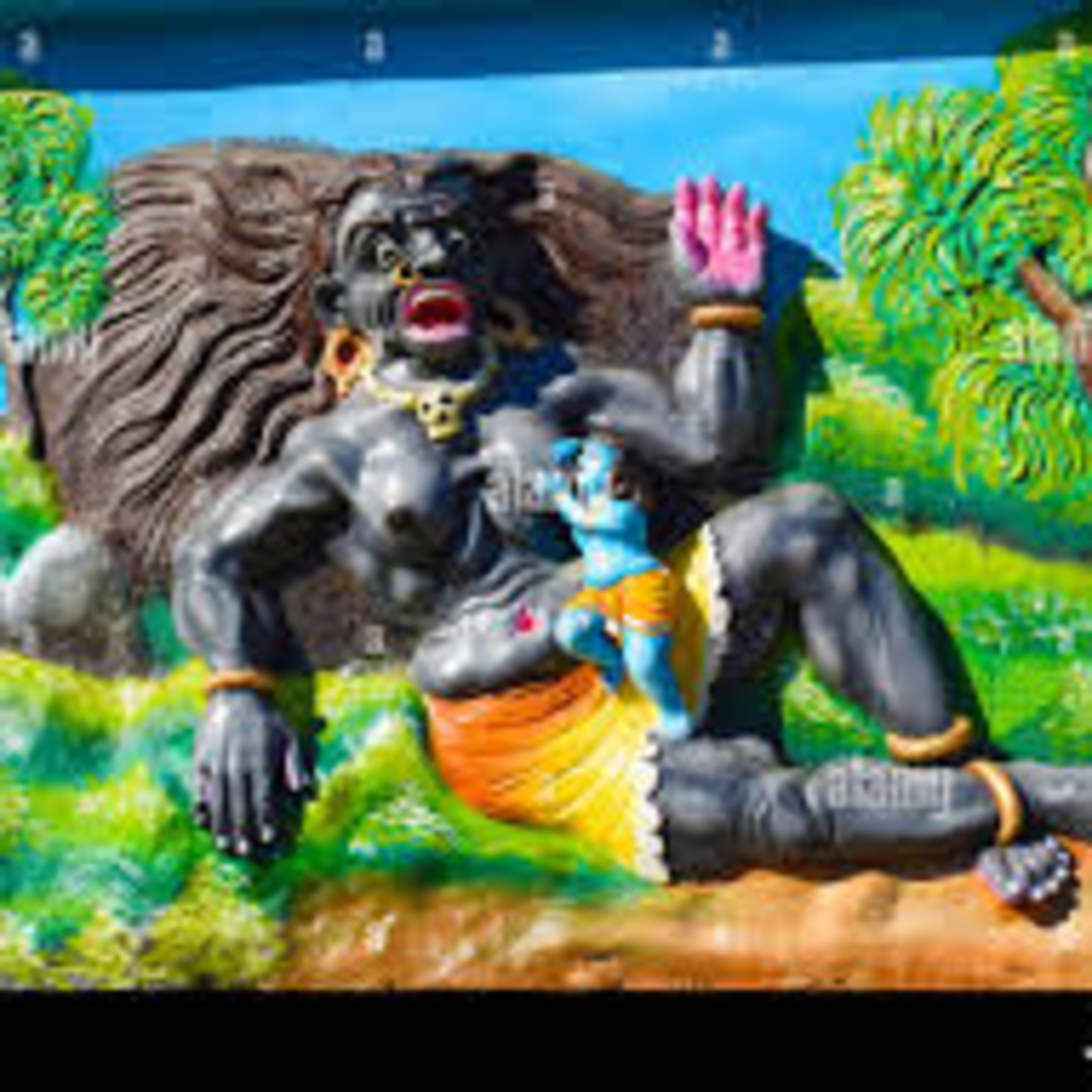
Dashakam 041 Boothana Dahanam
This episode is significant because it vividly portrays the cremation of Poothana, the demoness who came to kill the infant Krishna by feeding him poisoned milk. Upon attempting this, Krishna sucked …